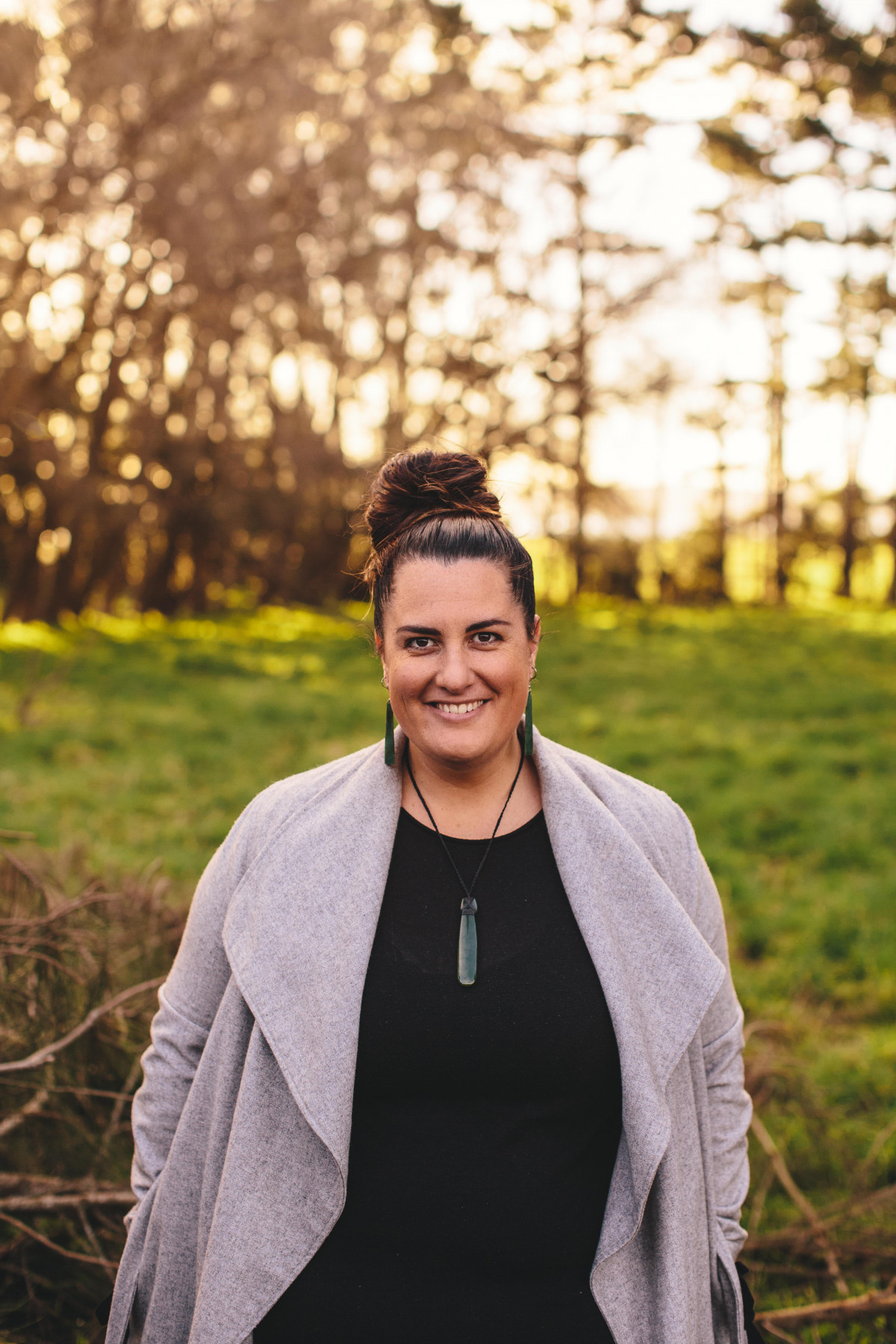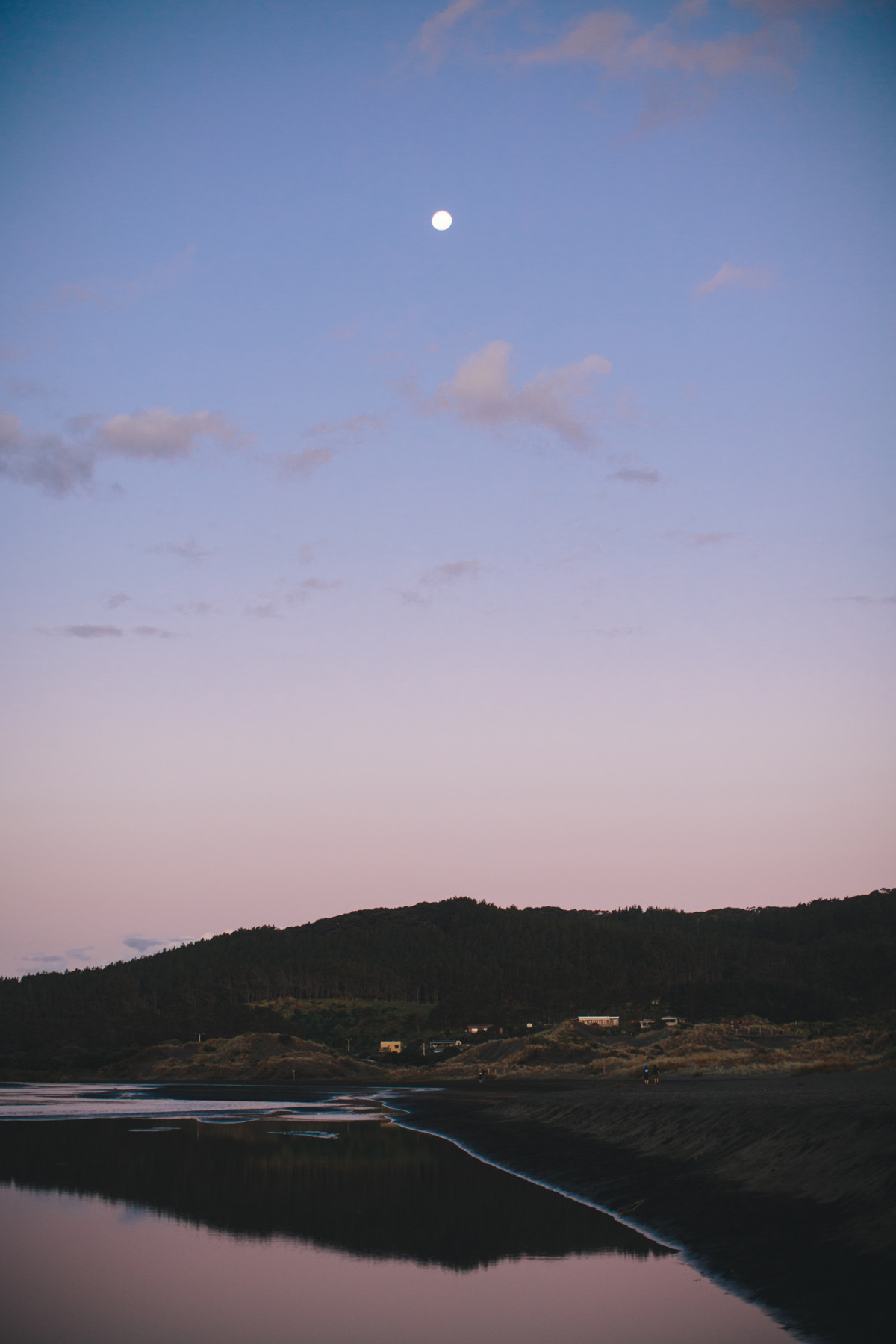In February 2021 the government announced Matariki would be made a public holiday.
In this essay from 2020, Qiane Matata-Sipu writes about her hope that decision-makers would prioritise wellness, and look to Indigenous knowledge and practice.
Whakaara mai ana te kāhui whetū o Matariki i te pae o te rangi, ka oriori mo rātou kua wheturangitia.
Kōpata iho he tai roimata, hei whakamahea ake i te tau kua huri.
Mai i te kōpū o Papatūānuku ki Kurawaka ka whakaarorangi ake ki ngā ao o tawhito, ō hou.
Ka toko ake he tūmanako, ka mura mai anō te ahi ō roto ka hihika katoa te whatumanawa ki te mātahi o te tau, te uranga mai o te tau hou.
When the Matariki star cluster rises on the horizon, she laments those lost
Salty tears of Hinemoana flow between her karanga, cleansing her of the year gone
From the flesh of Papatūānuku at Kurawaka, she reflects on old worlds and new
And like the tips of Mahuika’s fingers, her aspirations are set alight as she looks in celebration towards the year ahead.
For the past decade Matariki has become a celebrated season right across Aotearoa, an entry point for non-Māori to engage with Indigenous knowledge and adopt a home-grown festival of events reflecting our nation’s heritage and unique place in the world. With this growth in popularity have come calls for Matariki to be recognised as a public holiday and, this year, that call was amplified with a 30,000-strong petition led by Laura O’Connell Rapira of Action Station.
Matariki is the Māori name for the Pleiades star cluster and for many iwi it marks the Māori new year (other iwi recognise the rising of Puanga, also known as Rigel in Orion, as their new year star). The date we celebrate Matariki moves between June and July each year in accordance with both the maramataka (Māori lunar calendar) and, when the star cluster reappears on the north-east horizon, just before dawn.
Indigenous knowledge and practice is the blueprint for living well. When we acknowledge the tohu of our rangi, whenua and moana, we not only become more in tune with our environment but we learn to use our energies most effectively. Our tūpuna were very clever, they also left us hints in the names of our seasons. Piripi (June) means huddled close together, and Hōngongoi (July) is being inactive and crouching, due to the cold. This mātauranga tells us the hōtoke months are to slow down. To come together as whānau, as friends, and to wānanga. To rest and to reflect.
If the government decides to add another annual holiday to our year, a Matariki day off must not become commercialised, led by retail sales. It must not fall in line with Western values often centred around commodity and pūtea, in turn, destroying our environment. It instead needs to be a time of reflection, a time for healing and a celebration with those we love.

The author, Qiane Matata-Sipu
I recognise my privilege when I share that the Level 4 Covid-19 rāhui was one of the best things to happen to my whānau. My kōtiro had her mātua home every night cooking wholesome kai and we slowly made our way through our collection of picture books. We shared in kōrero, sang waiata in our three spoken languages, played with our poi, made play dough from old flour and prepared our maara kai. Whānau and rest took priority in a schedule that is normally full of hui, travel and meeting deadlines. Had the dates been shifted forward a few months, this would have been a perfect example of what the Matariki season encourages of us.
There are two whetū in the nine-star cluster that can help direct an annual holiday. Pōhutukawa represents our loved ones lost, while Hiwaiterangi represents our dreams and aspirations for the future.
The whakatauki ‘ka mua, ka muri’ teaches us to walk backwards into the future, so at the turning of the season, we must start by remembering our tūpuna. In my papakāinga, we’ve encouraged an annual dawn karakia at the base of our maunga, Te Puketaapapatanga a Hape. For you, it might be a visit to the urupā or a ceremony by your local awa. Maybe it’s saying your loved one’s name aloud or looking through old photo albums.
Whether the holiday allows us to escape from home or not, we should ensure we practice self-love, self-reflection, and self-renewal. Go for a hīkoi, mirimiri, paint your nails, write in your diary, spend an extra five minutes in the bathroom with the door locked (parents, you know what I’m talking about!). Step away from the pressures of our daily lives for as little or as long as your circumstances allow, and just be.
And every Matariki holiday must include time with those we love, celebrating over kai. Ask each person around the table their dreams and aspirations for the following year, or share your dreams for them.

Photo: Qiane Matata-Sipu
In my many years of organising Matariki events, photographing regional festivals and writing about the season, one organisation has stood out as a prime example of how a Matariki public holiday can work well for businesses and their team culture. Isthmus, a design studio based in Auckland and Wellington, are now in their eighth year of recognising Matariki with their own official day off. They shut down the office and encourage their team to spend the day with whānau and focus on personal hauora. Later in the evening, all staff and their families are invited to dinner where the bosses serve the drinks, laughter is shared over kai, the year’s achievements are celebrated and families are thanked for supporting staff.
Last year my marae held a Matariki awards ceremony and grazing table brunch where we honoured the achievements of our wider whānau. We discovered rugby league and mixed-martial arts medalists in our midst and acknowledged those who had completed their studies (from kohanga babies right through to Masters graduates). We also recognised our community champions for their voluntary work.
The warmth these types of activities bring are good for connection, they’re good for restoring mauri, good for your wairua.
Recognising Matariki as a public holiday enables society to thrive. It encourages Indigenous systems return, putting focus on the wellbeing of our communities and our environment. Channelling Hiwa, my hope and dream for the year ahead is we move closer to a place where our decision-makers prioritise wellness, the answer to that is in our Indigenous knowledge and practice.